Picture this: a vibrant monarch butterfly dances through your garden, seemingly drawn to that bright orange marigold while completely ignoring the beautiful white roses nearby. You might wonder if this delicate creature is making a conscious choice or simply following an ancient biological program. The truth behind butterfly flower selection reveals one of nature’s most fascinating mysteries, where survival meets beauty in ways that might surprise you.
The Science Behind Butterfly Vision
Butterflies see the world through compound eyes that detect colors far beyond human perception. These remarkable insects can perceive ultraviolet patterns on flower petals that remain completely invisible to us. What appears as a plain yellow flower to your eyes might display intricate landing strips and nectar guides to a butterfly’s enhanced vision.
Their visual system operates like a sophisticated navigation tool, with each compound eye containing thousands of individual photoreceptors. This allows them to detect polarized light patterns and even distinguish between flowers that look identical to mammals. Research has shown that butterflies can identify flowers from distances that would challenge even the most experienced botanist.
Color Preferences That Drive Selection
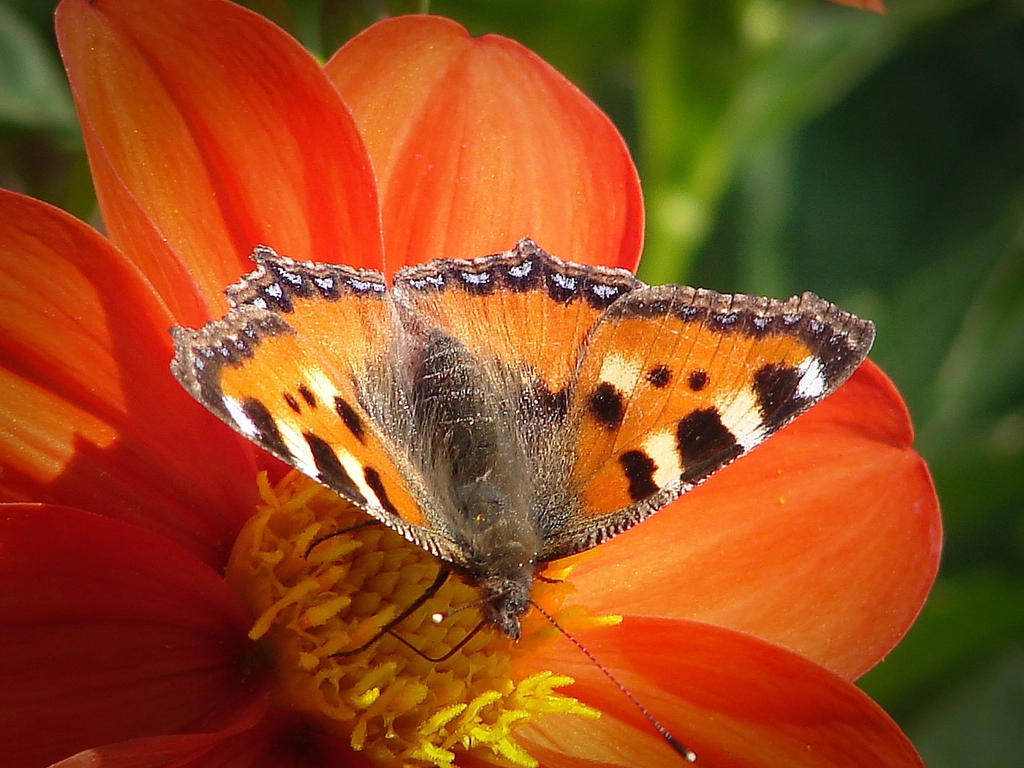
Bright reds, oranges, and purples act like neon signs in the butterfly world. These colors signal high nectar rewards and have evolved alongside butterflies over millions of years. However, the relationship isn’t as simple as “bright equals better” – different butterfly species show distinct color preferences based on their evolutionary history.
Swallowtails gravitate toward pink and purple blooms, while monarchs show a strong preference for orange and red flowers. This selectivity isn’t random but reflects co-evolutionary partnerships where both butterfly and flower benefit from their relationship. White flowers often get overlooked during daylight hours, though they become attractive to moths during evening hours.
Scent Recognition and Chemical Signals
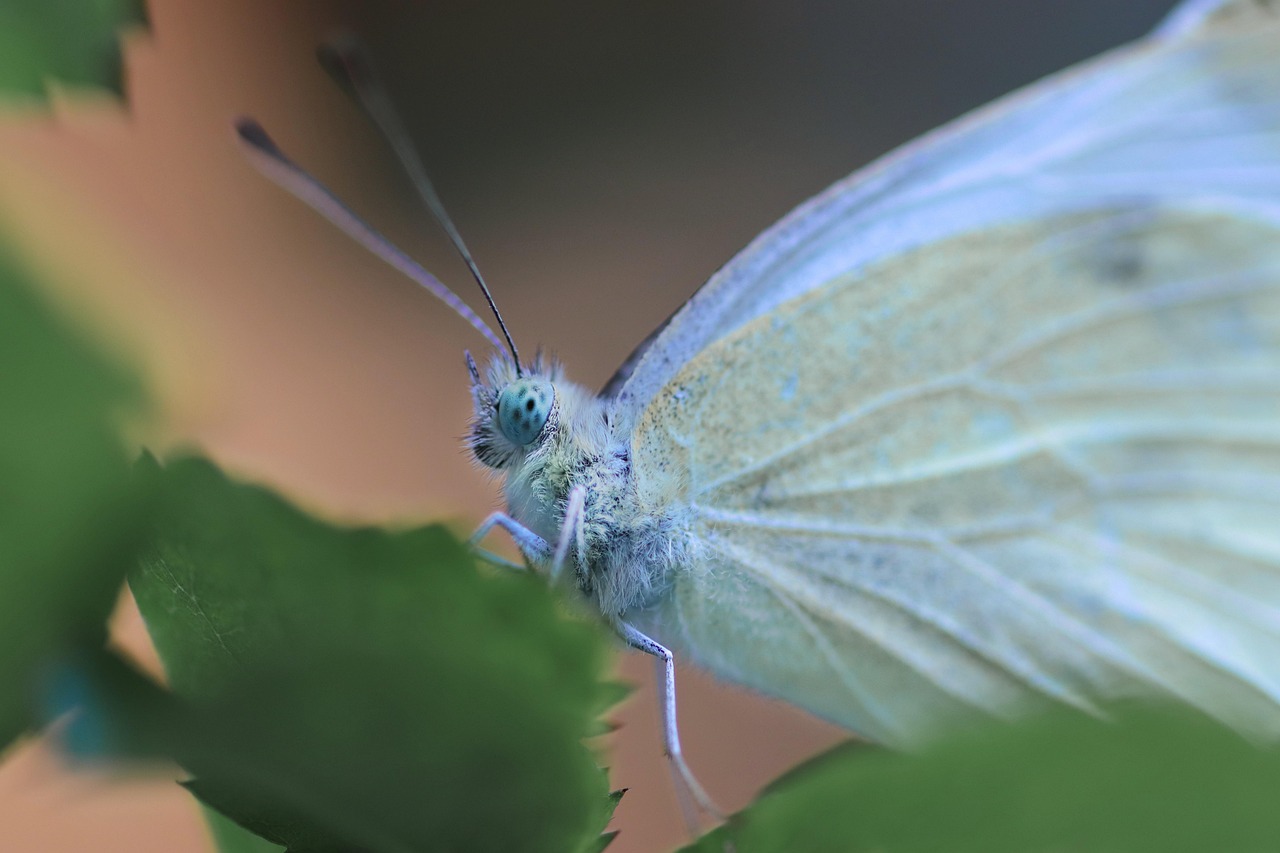
A butterfly’s antennae function as sophisticated chemical detectors, capable of identifying specific flower fragrances from remarkable distances. These scent signatures help butterflies locate their preferred nectar sources even when visual cues are obscured by other vegetation. Some flowers release their strongest fragrances during peak butterfly activity hours, creating a perfectly timed chemical advertisement.
The chemical communication between butterflies and flowers extends beyond simple attraction. Certain compounds in flower scents can actually trigger feeding behaviors or signal the quality of nectar available. This invisible dialogue between species represents millions of years of evolutionary fine-tuning.
Instinctual Programming from Birth

Newly emerged butterflies don’t need flower identification classes – they emerge with pre-programmed preferences encoded in their genes. This instinctual knowledge includes which colors to seek, what scents indicate quality nectar, and even the optimal flower shapes for their specific proboscis length. These inherited behaviors ensure survival even without learning opportunities.
Scientists have observed that butterflies raised in complete isolation still demonstrate species-specific flower preferences when first exposed to blooms. This suggests that much of their selection behavior operates on autopilot, driven by genetic programming rather than conscious decision-making. The precision of these instincts often amazes researchers studying butterfly behavior.
Learning and Memory in Flower Selection

While instinct provides the foundation, butterflies also demonstrate remarkable learning abilities that refine their flower choices over time. They can remember which individual flowers provided the best nectar rewards and return to those specific locations repeatedly. This memory system allows them to optimize their foraging efficiency throughout their brief adult lives.
Studies have shown that butterflies can learn to associate new visual cues with nectar rewards, adapting their preferences when familiar flowers become scarce. Some species even adjust their flower preferences based on seasonal availability, switching from early spring blooms to summer varieties as the growing season progresses.
The Role of Flower Shape and Structure
Butterfly proboscis length varies dramatically between species, creating natural partnerships with specific flower types. Long-tongued butterflies like sphinx moths can access deep tubular flowers that shorter-tongued species cannot reach. This mechanical fit influences flower selection as much as color or scent preferences.
Flat-topped flowers like asters and sedums provide perfect landing platforms for butterflies with shorter proboscises, while trumpet-shaped blooms attract species equipped for deep probing. The physical compatibility between butterfly anatomy and flower architecture represents one of evolution’s most elegant matching systems.
Weather Influences on Flower Choices
Environmental conditions dramatically affect butterfly flower selection patterns. On cool, cloudy days, butterflies often prefer flowers that provide shelter and warmth, seeking out blooms with protective petals or leaves. Windy conditions drive them toward flowers with sturdy stems and stable landing surfaces.
Temperature changes can alter flower nectar production, causing butterflies to adjust their foraging routes accordingly. Hot summer days might see butterflies avoiding sun-exposed flowers in favor of those offering shade or cooler microclimates. These behavioral adaptations demonstrate the flexibility within their instinctual programming.
Territory and Competition Effects
Butterfly flower selection becomes more complex when multiple individuals compete for the same resources. Dominant butterflies often claim the best nectar sources, forcing subordinate individuals to seek alternative flowers or wait for optimal feeding opportunities. This social dynamic can override individual flower preferences in crowded habitats.
Some species establish feeding territories around particularly productive flower patches, aggressively defending these areas from intruders. These territorial behaviors suggest that flower selection involves strategic thinking beyond simple instinctual responses, incorporating elements of resource management and competitive assessment.
Seasonal Patterns in Flower Preferences

Spring butterflies often show different flower preferences than their summer counterparts, adapting to the available bloom cycles in their environment. Early season species typically focus on tree blossoms and early wildflowers, while late summer butterflies gravitate toward composite flowers and late-blooming perennials.
Migration timing also influences flower selection, with butterflies choosing blooms that provide optimal nutrition for long-distance travel. Monarchs preparing for their epic journey south seek out high-energy nectar sources that differ from flowers they prefer during breeding season. This seasonal flexibility demonstrates sophisticated behavioral programming.
The Genetics of Flower Preference
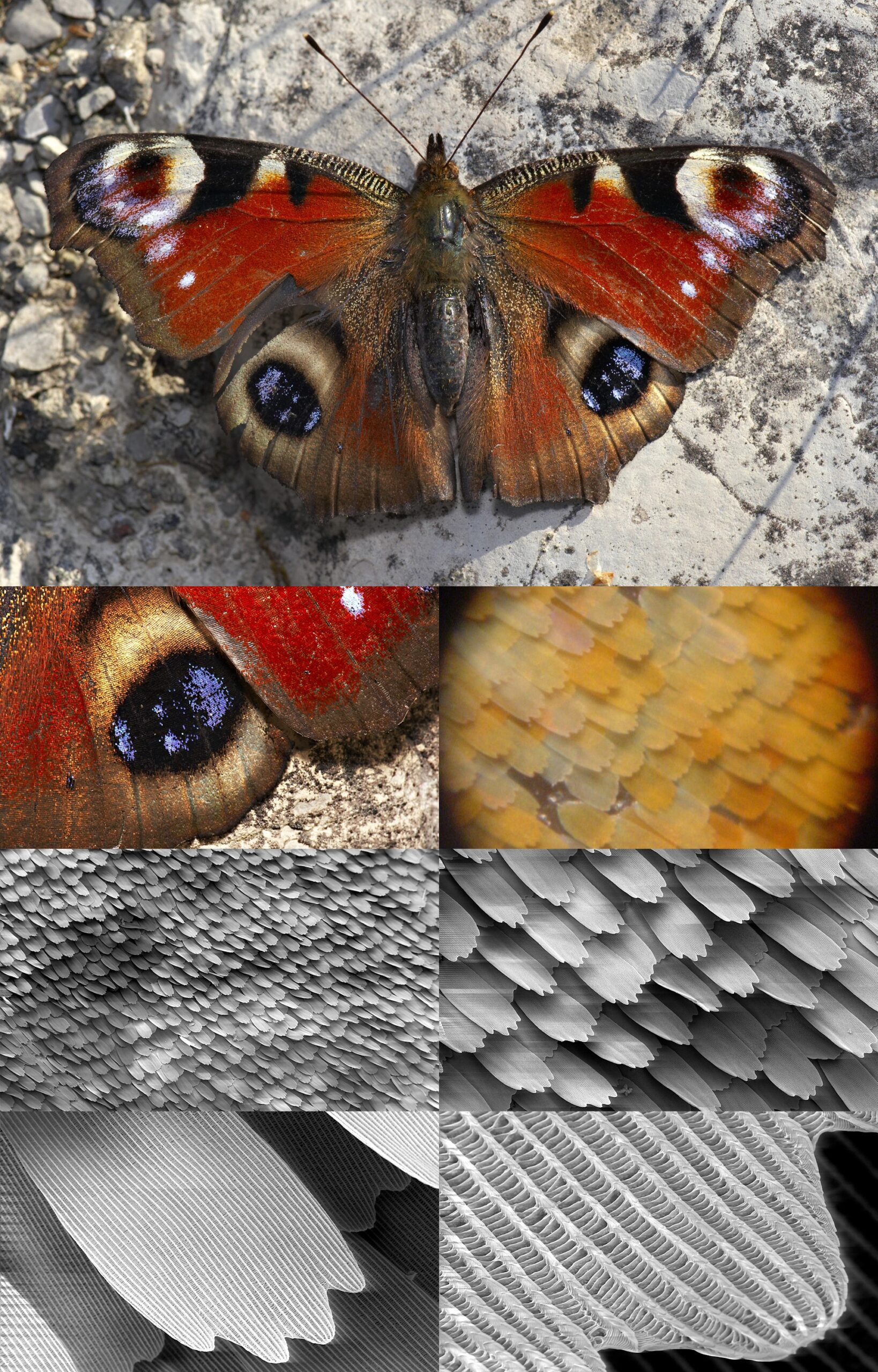
Inachis_io_top_detail_MichaD.jpg (row 2, left)
Microphoto-butterflywing.jpg (row 2, right)
SEM_image_of_a_Peacock_wing,_slant_view_1.JPG (row 3, left)
SEM_image_of_a_Peacock_wing,_slant_view_2.JPG (row 3, right)
SEM_image_of_a_Peacock_wing,_slant_view_3.JPG (row 4, left)
SEM_image_of_a_Peacock_wing,_slant_view_4.JPG (row 4, right), CC BY-SA 3.0, https://commons.wikimedia.org/w/index.php?curid=17964663)
Recent genetic research has identified specific genes responsible for butterfly flower preferences, revealing how these behaviors pass from generation to generation. These genetic markers control everything from color vision sensitivity to proboscis development, creating the biological foundation for species-specific flower choices.
Mutations in preference genes can lead to butterflies that select unusual flower types, sometimes resulting in evolutionary advantages when traditional food sources become scarce. This genetic flexibility allows butterfly populations to adapt to changing environments while maintaining their core survival strategies.
Human Garden Impact on Natural Selection
Suburban gardens and urban landscaping create artificial selection pressures that may be altering butterfly flower preferences over time. Non-native ornamental plants often lack the chemical cues that attract native butterflies, potentially disrupting co-evolved relationships. However, some butterfly populations show remarkable adaptability to these new floral resources.
Gardeners who plant native wildflowers often observe dramatically different butterfly visitor patterns compared to those with exotic ornamentals. This suggests that despite their adaptability, butterflies still show strong preferences for flowers they evolved alongside, highlighting the importance of native plant conservation.
Communication Between Butterflies at Flowers
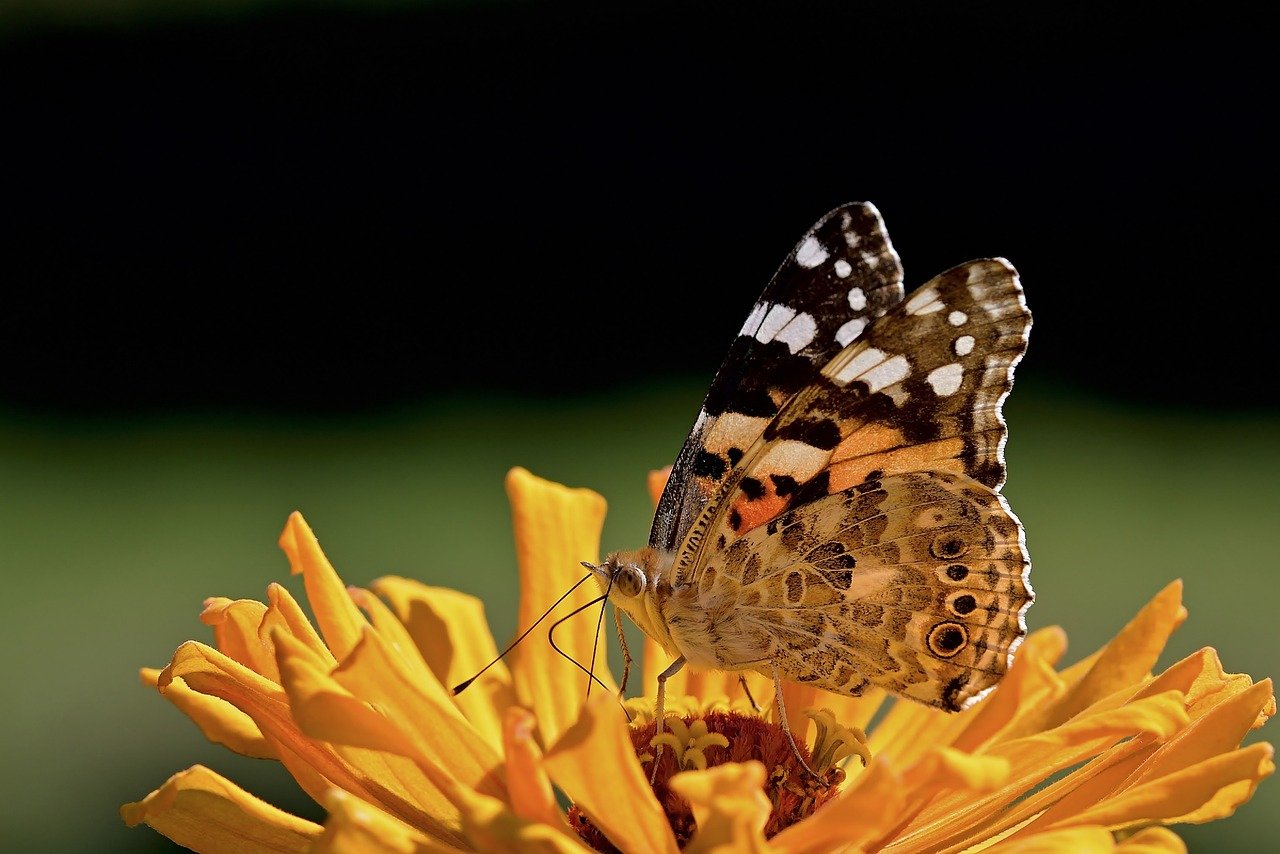
Butterflies use various signals to communicate flower quality information to other individuals. Pheromone trails left on visited flowers can indicate nectar depletion or high-quality resources, influencing the choices of subsequent visitors. Wing patterns and behaviors at flowers also convey information about resource availability.
Some species engage in competitive displays at particularly attractive flowers, with wing positioning and flight patterns serving as territorial warnings. These interactions suggest that flower selection involves social learning components, where individual butterflies benefit from observing the choices and experiences of others in their community.
The Future of Butterfly-Flower Relationships
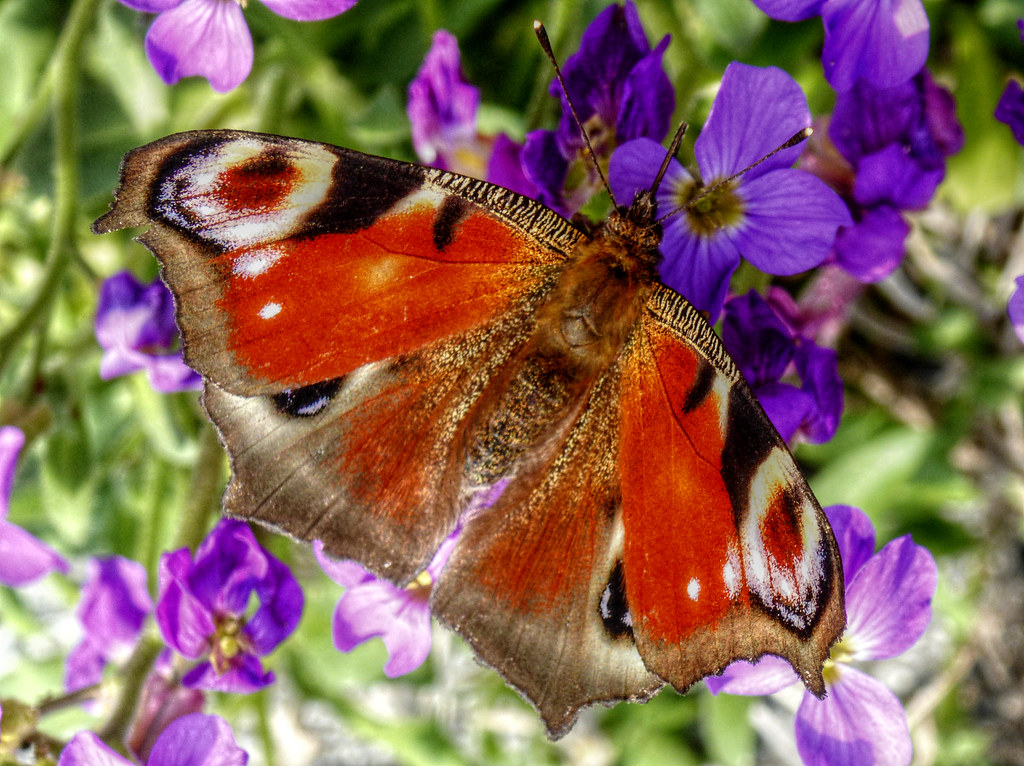
Climate change and habitat loss threaten the delicate timing between butterfly emergence and flower blooming cycles. As temperatures shift and precipitation patterns change, traditional flower-butterfly partnerships face unprecedented challenges. Some species may need to rapidly evolve new preferences or face population declines.
Conservation efforts increasingly focus on maintaining diverse flower communities that can support butterfly populations through environmental uncertainties. Understanding whether butterfly choices stem from preference or instinct becomes crucial for predicting how these relationships might adapt to future environmental changes.
Conclusion

The answer to whether butterflies choose flowers through preference or instinct reveals itself as beautifully complex as the creatures themselves. While genetic programming provides the foundation for flower selection, learning, memory, and environmental adaptation add layers of flexibility that allow butterflies to thrive in changing conditions.
This intricate dance between instinct and adaptation has created some of nature’s most stunning partnerships, where flower beauty and butterfly survival intertwine in ways that continue to amaze scientists and nature lovers alike. The next time you watch a butterfly seemingly deliberate between flowers, remember that you’re witnessing millions of years of evolutionary refinement in action.
What other secrets might these delicate creatures reveal about the hidden connections that bind our natural world together?

